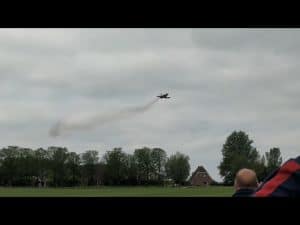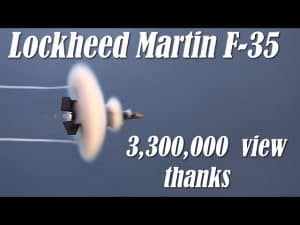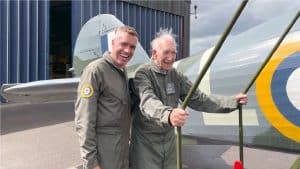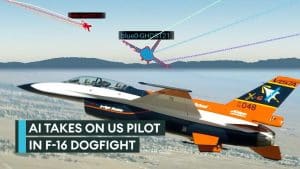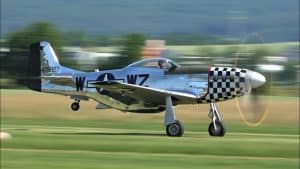There Is A Good Reason Why This Radical Interceptor Was Too Much For The Army Air Force
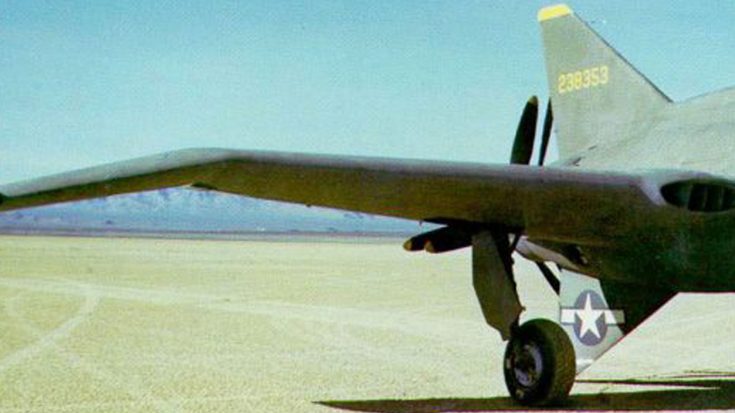
Northrop Grumman
Black Bullet.
World War II was a time of urgency and that lends itself to innovation. Companies such as a Lockheed, Boeing, Douglass and Northrop built more than 300,000 aircraft during WWII. There were several experimental aircraft that did not see combat, the XP-56 is one such plane.
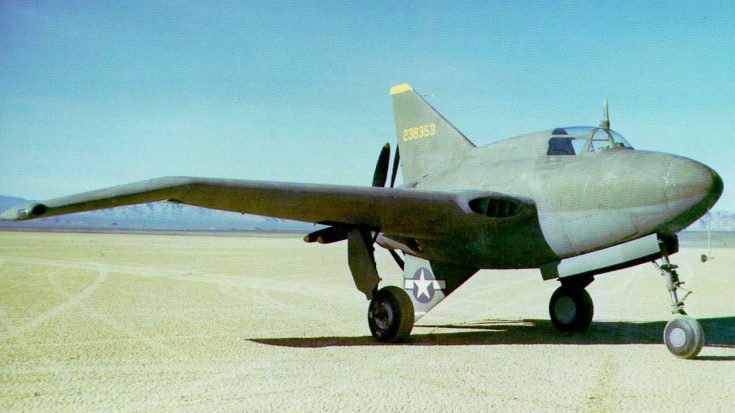
The Northrop XP-56 Black Bullet is among the most radical designs of any American plane during World War II. The creation of the Black Bullet stems from a contest held by the United States Government to create a fast plane with attack capabilities. Due to its role an interceptor, it would not have much use as opposed to more versatile fighter planes. The lack of a tail also proved problematic for controlling direction resulting in the injury of a test pilot.
General Characteristics
- Crew: one, pilot
- Length: 27 ft 6 in (8.38 m)
- Wingspan: 42 ft 6 in (12.96 m)
- Height: 11 ft 0 in (3.35 m)
- Wing area: 306 ft² (28.44 m²)
- Empty weight: 8,700 lb (3,955 kg)
- Loaded weight: 11,350 lb (5,159 kg)
- Max. takeoff weight: 12,145 lb (5,520 kg)
- Powerplant: 1 × Pratt & Whitney R-2800-29 radial, 2,000 hp (1,492 kW)
Performance
- Maximum speed: 465 mph at 25,000 ft (749 km/h)
- Range: 660 miles (1,063 km)
- Service ceiling: 33,000 ft (10,061 m)
- Rate of climb: 3,125 ft/min at 15,000 ft (953 m/min)
- Wing loading: 37 lb/ft² (181 kg/m²)
- Power/mass: 0.18 hp/lb (0.96 kW/kg)
Similar to the German Me 163 Komet but compared to other fighters it could not hold up as well and became a hazard to its own pilots. The XP-56’s design was radical, that’s for sure but Northrop would have greater success in later years. Footage of the early experimental WWII aircraft is seen in this clip.













